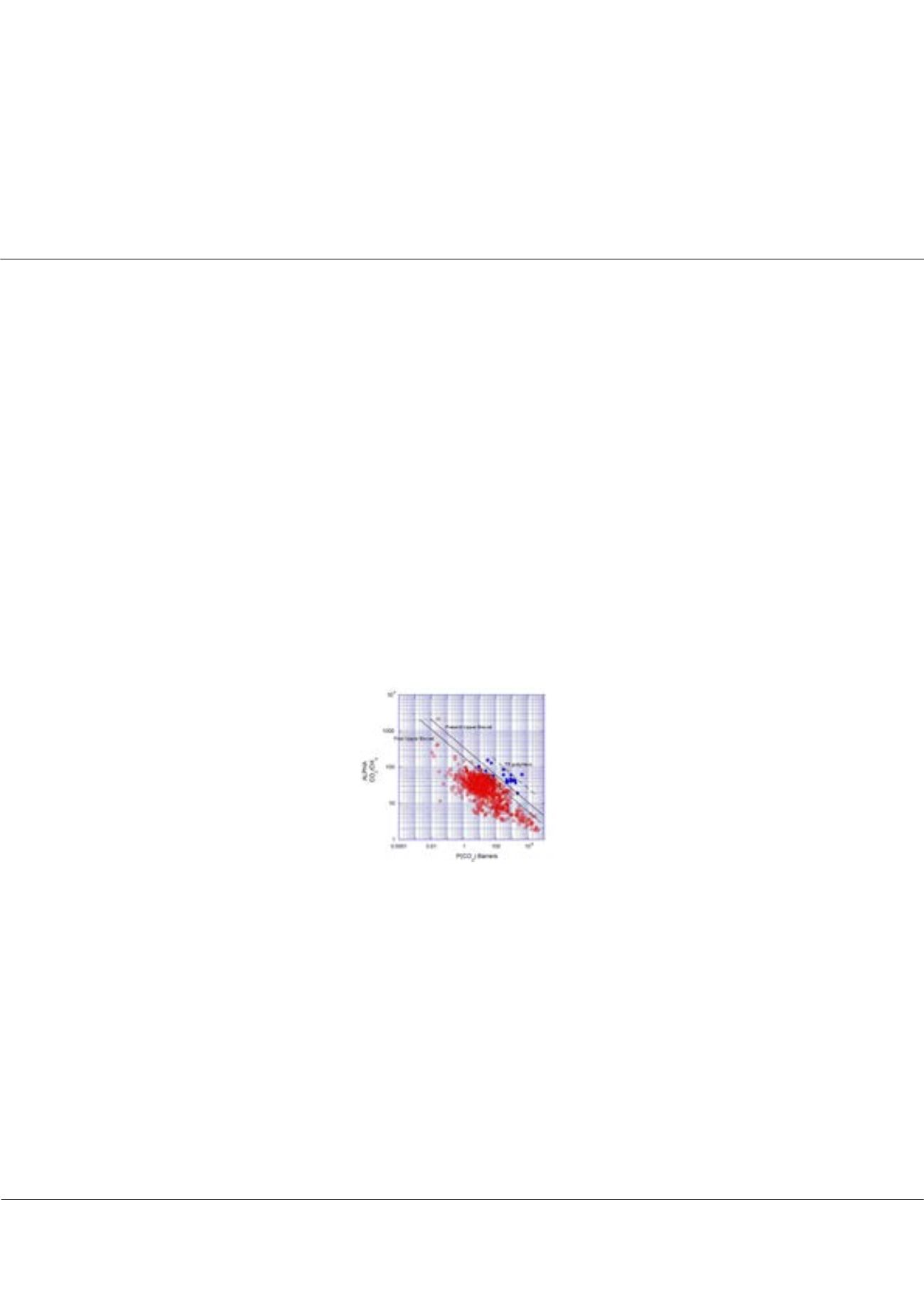

Page 77
conferenceseries
.com
Volume 9
Journal of Bioremediation & Biodegradation
ISSN: 2155-6199
Biofuel Congress 2018 &
Biomass 2018
September 04-06, 2018
JOINT EVENT
September 04-06, 2018 | Zurich, Switzerland
13
th
Global Summit and Expo on
Biomass and Bioenergy
&
12
th
World Congress on
Biofuels and Bioenergy
Producing energy through gases from biomass
Aude Bertrandias
and
Solène Fournel
Air Liquide Centre de Recherche Paris-Saclay, France
B
iomass is renewable biological matter (e.g. wood, crops, algae, food waste…), which can be processed to generate targeted
biomolecules, biomaterials or bioenergy. Bioenergy can be stored as bioethanol or biodiesel, which are commonly known
liquid fuels obtained from biomass. But, bioenergy can also be stored under the form of gases, in particular biomethane
and biohydrogen, which can be used for mobility. In this presentation, we focus on biomethane.Biogas is a mixture of gases,
composed mainly of methane (~55%) and CO
2
(~45%). It is formed by the anaerobic microbiological conversion of organic
matter. Biogas can be upgraded into biomethane, which may then be used for mobility (heavy goods vehicles, maritime
transportation). In 2014, the European Commission recommended to develop European-wide CNG and LNG filling station
infrastructures by launching the “Clean Fuel Strategy”. Improvement of the biomethane production process is thus key to
deploy clean transportation through biobased CNG and LNG. [1] To improve biomethane production, developments are
needed to increase biogas production, reduce operating costs and optimize biogas upgrading. Several technologies can be
considered for each. In this presentation, we focus on increasing biogas production through lignocellulosic degradation by
biological pre-treatments. Indeed, agricultural waste is difficult to digest due its generally high content in lignocellulose.
[2],[3] Agricultural waste is critical since it will represent 90% of the available feedstock for anaerobic digestion in France in
2030, according to an ADEME report. [4] We will also present the latest achievements in membrane permeation technology
employed in Air Liquide upgrading units. Formulation of the polymers used in membranes can be improved to have a higher
selectivity and at the same time, a higher permeance of CO
2
. [5],[6] The right combination of selectivity and permeance can
decrease operating or capital costs.
Recent Publications
1. EU directive 2014/94/EU on the deployment of alternative fuels infrastructure
2. Schroyen et al. (2015), "Effect of enzymatic pretreatment of various lignocellulosic substrates on production of phenolic
compounds and biomethane potential", Bioresource Techno. Vol. 192, pp. 696-702
3. Cater et al. (2014), Methods for Improving Anaerobic Lignocellulosic Substrates Degradation for Enhanced Biogas
Production, Springer Science Reviews, Vol. 2 (1–2), pp. 51–61
4. ADEME (2013), “Estimation des gisements potentiels de substrats utilisables en méthanisation”, 117 p.
5. Lin and Yavari (2015), “Upper bound of polymeric membranes for mixed-gas CO2/CH4 separations”, Journal of Membrane
Sci. Vol. 475, pp. 101-109
Biography
Aude Bertrandias is an R&D engineer at the Research Center Paris-Saclay of Air Liquide. She is part of the Life Science Department, which develops innovative
solutions for biotechnology, food and beverage applications and pharmaceuticals. Her main topics of research concern the improvement of biogas production, from
both a quantitative and qualitative point of view. She also works on other subjects, linked to bioprocessing. Her background as an engineer in life science and PhD
in process engineering enable her to approach bioprocessing projects with a dual perspective.
aude.bertrandias@airliquide.comAude Bertrandias et al., J Bioremediat Biodegrad 2018, Volume 9
DOI: 10.4172/2155-6199-C1-014
















